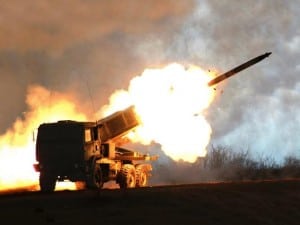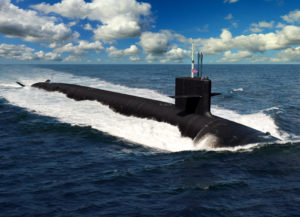
The Army has held staff-level conversations about potentially expanding the list of munitions it would look to buy using new multi-year procurement authority, according to the service’s secretary. During a Senate Armed Services Committee hearing last week, Army Secretary Christine Wormuth cited the new multi-year procurement authority as “very helpful” and reaffirmed the Army’s intent to award such contracts for GMLRS rockets and PAC-3 MSE interceptors this fiscal year. “I think we’ve been in conversations at the staff level about…

 By
By 











